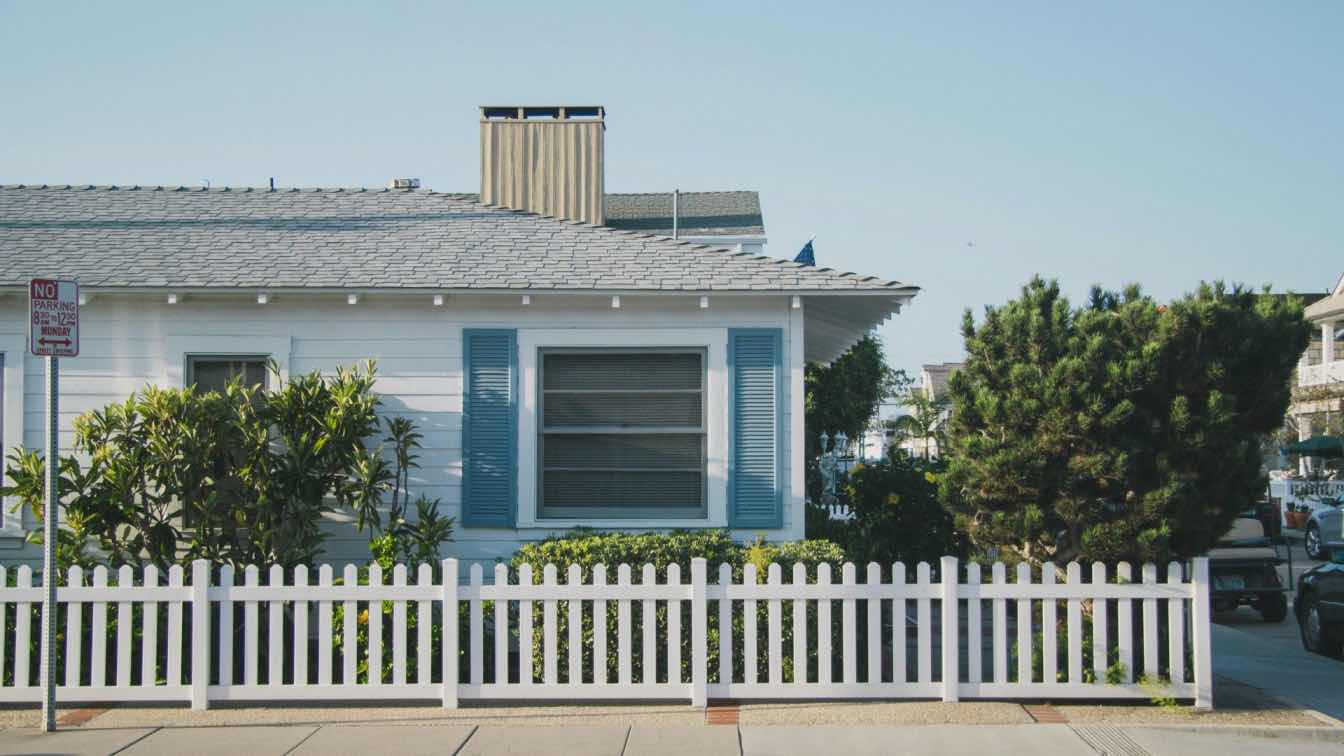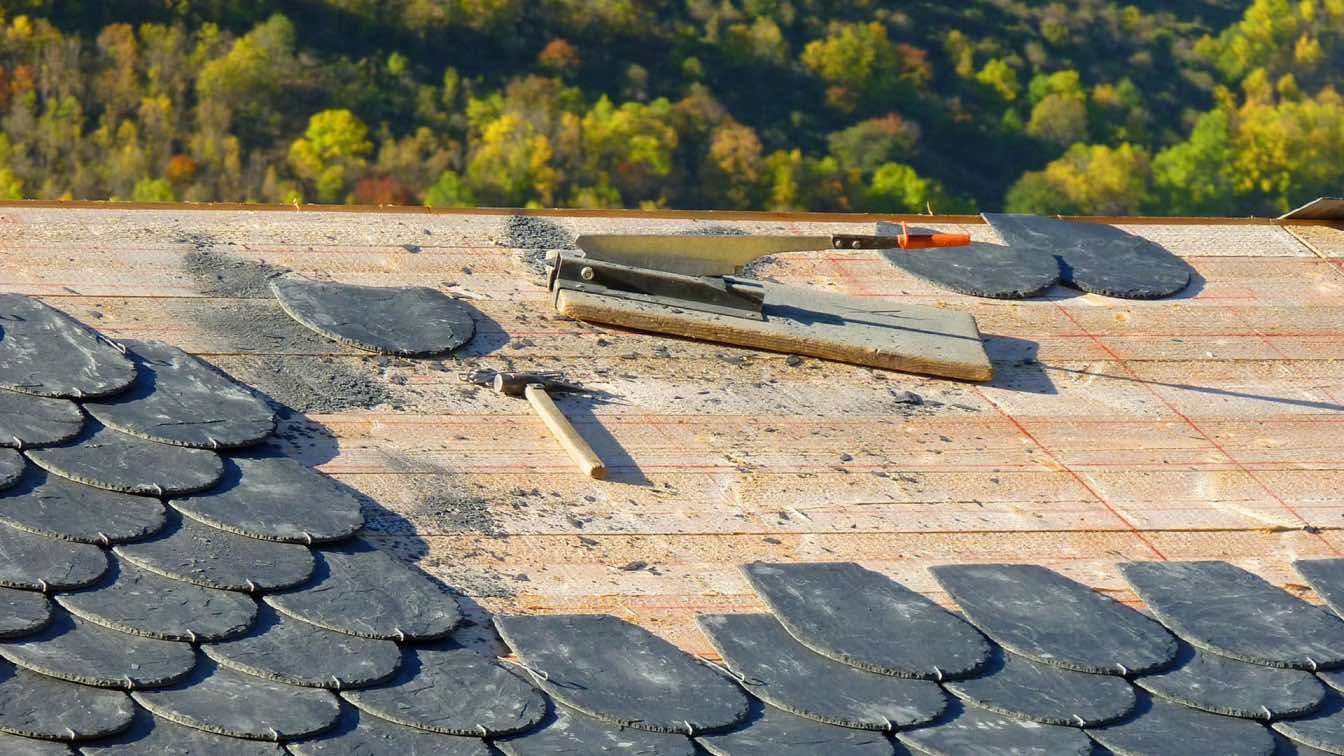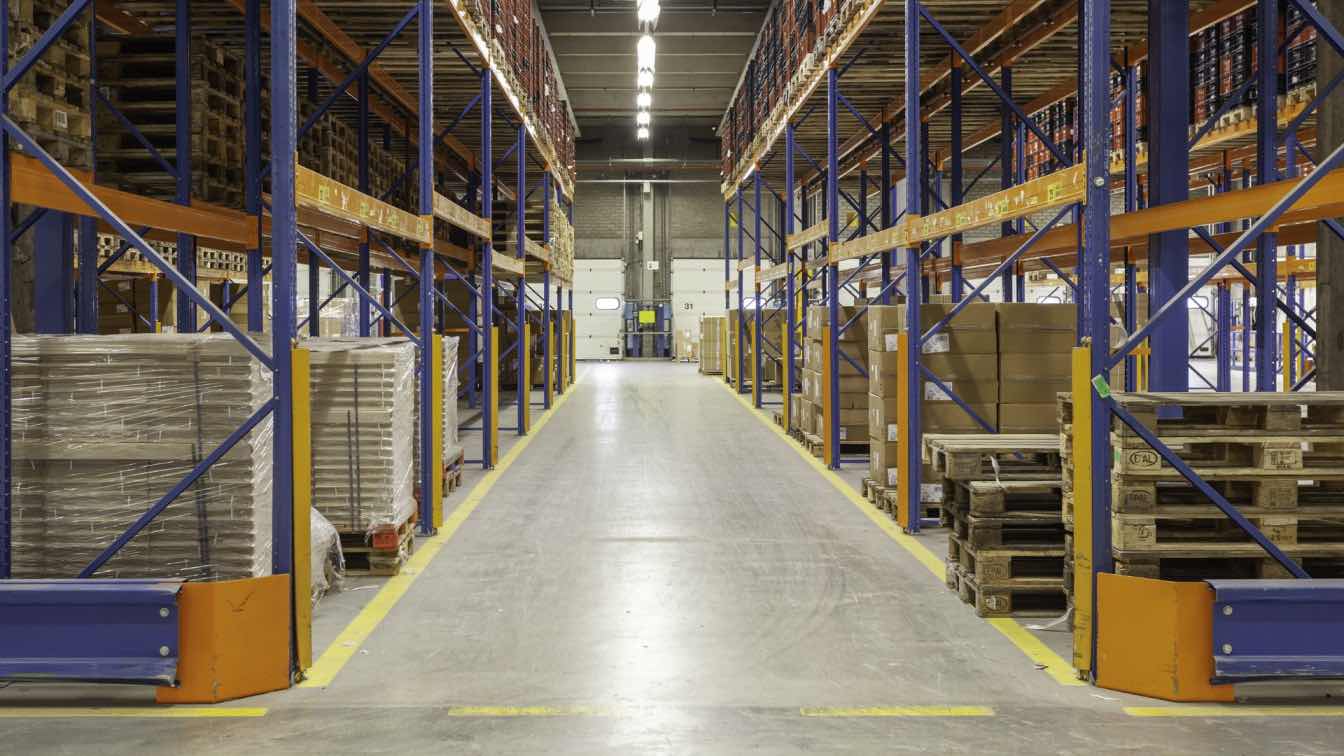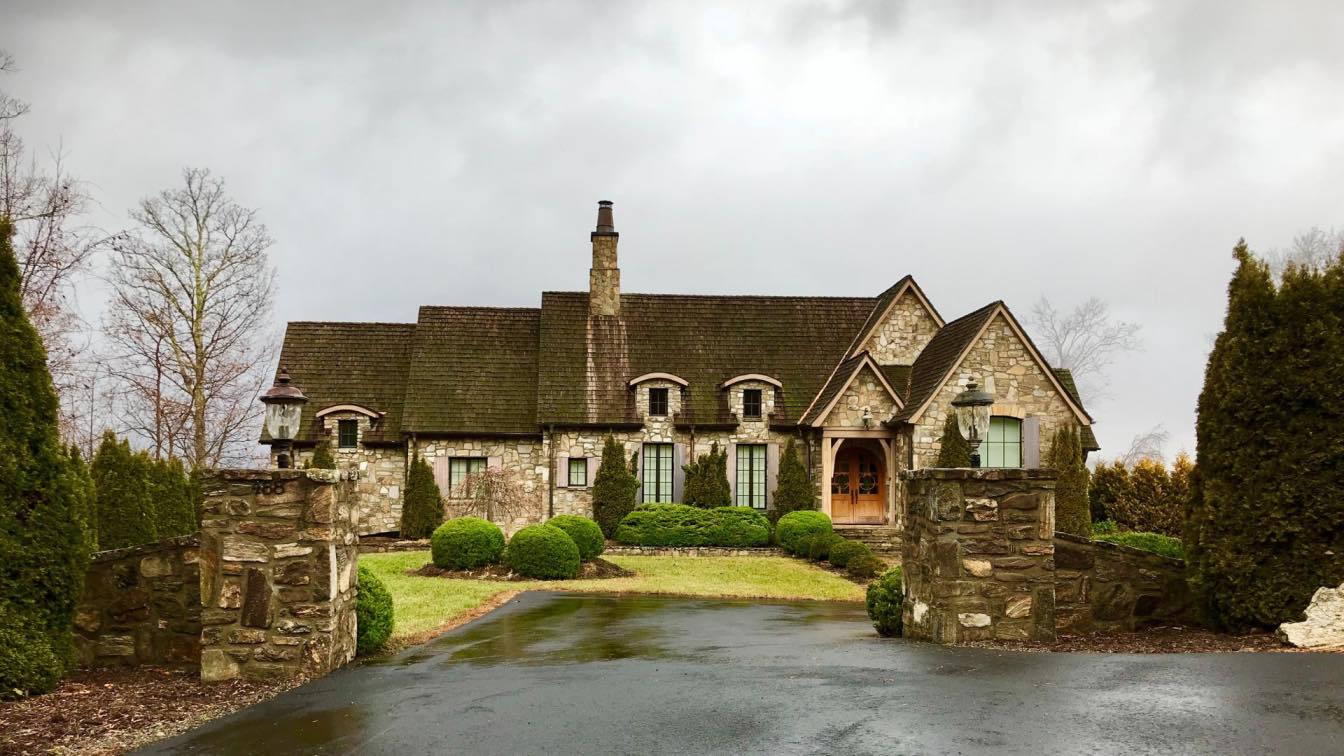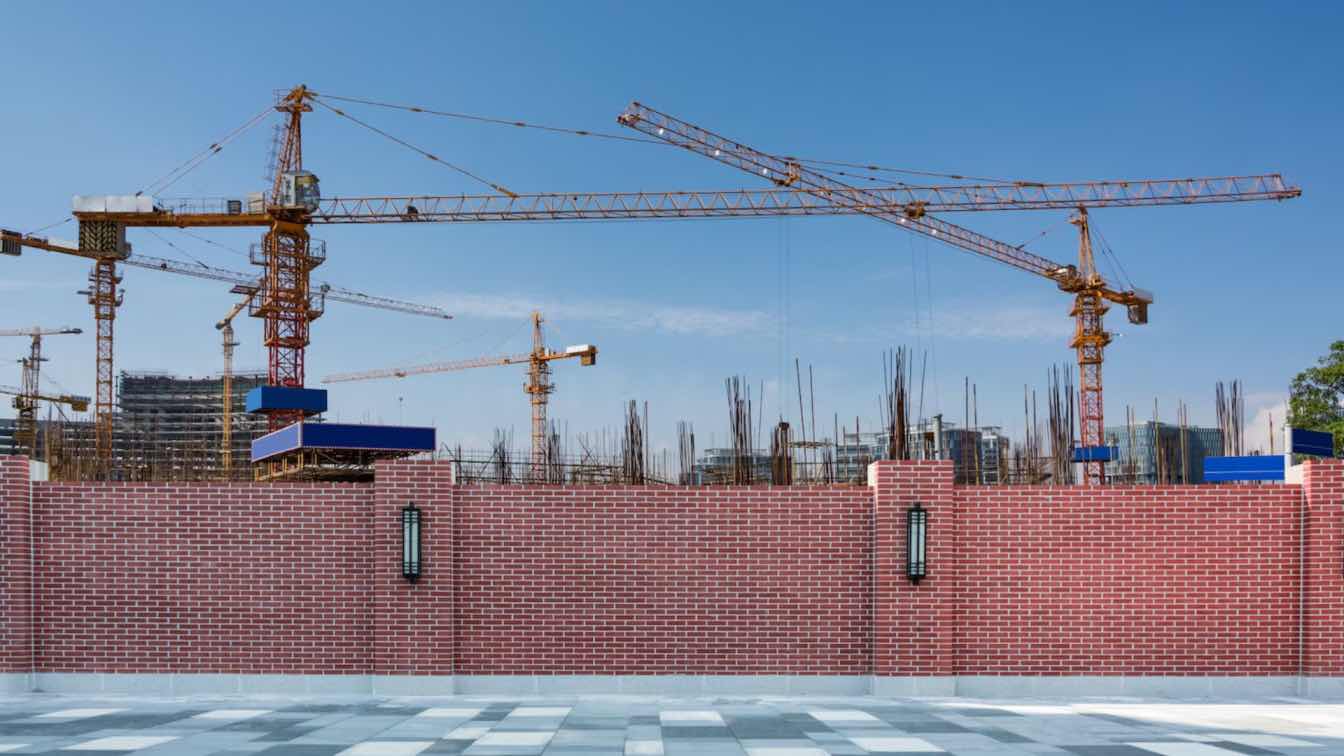Fencing is an essential element of property security, aesthetics, and privacy. Whether for residential, commercial, or agricultural use, a well-chosen fence can enhance security, define boundaries, and add to the overall appeal of a property. This guide explores various fencing options, their benefits, and key factors to consider before installation.
Benefits of Fencing
1. Security and Safety: Fences act as a deterrent to intruders and provide safety for children and pets.
2. Privacy: A well-placed fence can shield your property from prying eyes, giving you a sense of seclusion.
3. Aesthetic Appeal: Fencing can enhance the visual appeal of a property, with various materials and styles available to complement different architectural designs.
4. Property Value: A well-maintained fence can increase the value of a property by adding functionality and curb appeal.
5. Boundary Definition: Fences clearly demarcate property lines, preventing disputes with neighbors.
6. Noise Reduction: Certain fencing materials, like wood or composite, can help reduce noise from busy roads or neighbors.
7. Wind and Weather Protection: Solid fences can serve as windbreakers and provide some protection against harsh weather conditions.
8. Wildlife Control: Fencing can prevent unwanted animals from entering your property and damaging plants or structures.
9. Customization Options: Modern fences come in various styles, colors, and finishes, allowing homeowners to personalize their outdoor space.
Fencing Types
Choosing the right type of fence depends on factors such as purpose, budget, climate, and maintenance requirements. Here are some common fencing types:
1. Wood Fencing: A classic choice that offers natural beauty and privacy. Common styles include picket, split rail, and privacy fences.
2. Vinyl Fencing: Durable and low-maintenance, vinyl fencing is resistant to weather and pests.
3. Chain Link Fencing: Affordable and functional, it is commonly used for security and pet enclosures.
4. Wrought Iron Fencing: Elegant and strong, wrought iron fences provide durability and sophistication but require maintenance to prevent rust.
5. Aluminum Fencing: A lightweight alternative to wrought iron, offering a similar appearance with minimal maintenance.
6. Composite Fencing: Made from a mix of wood fibers and plastic, composite fencing is eco-friendly and long-lasting.
7. Bamboo Fencing: A sustainable option that provides a natural aesthetic, often used in decorative landscaping.
8. Electric Fencing: Used primarily for livestock containment, electric fences deliver a mild shock to deter animals.
Considerations Before Installing a Fence
1. Purpose: Determine the primary function of the fence—security, privacy, decoration, or containment.
2. Material: Choose a material that suits your budget, climate, and maintenance preference.
3. Local Regulations: Check zoning laws, property boundaries, and HOA regulations before installation.
4. Cost: Consider both the initial installation cost and long-term maintenance expenses.
5. Durability: Select a fence material that withstands environmental conditions in your area.
Conclusion
Fencing serves multiple purposes, from security to enhancing property aesthetics. With numerous fencing types available, selecting the right one requires careful consideration of material, cost, and purpose. By choosing a suitable fence, property owners can enjoy improved privacy, safety, and curb appeal.

